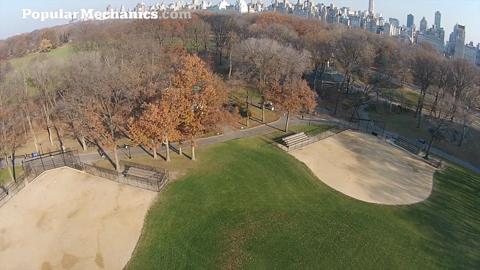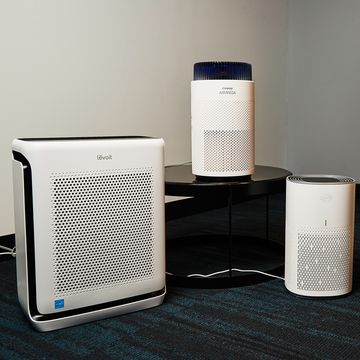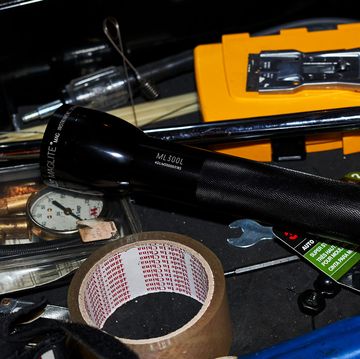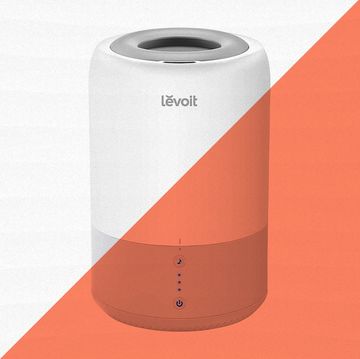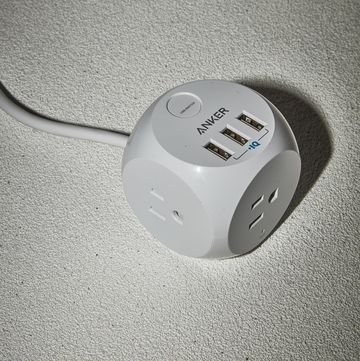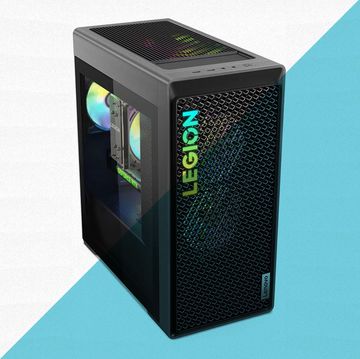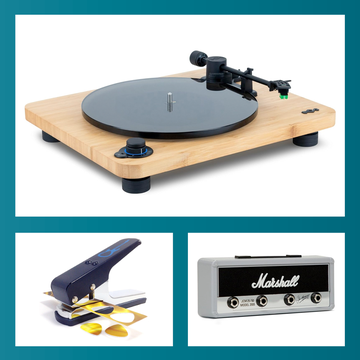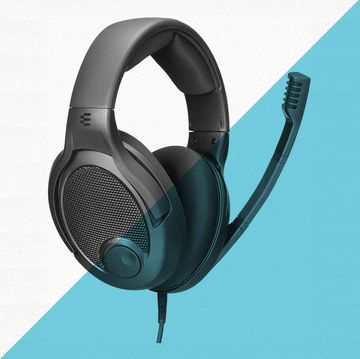Price: $1199
This recently released quadrotor isn't designed to deliver best-selling novels or any other online-ordered cargo from the warehouse to your doorstep. But, theoretically at least, it could go looking for, say, an Amazon Prime Air delivery that's gone MIA. That's because the Phantom 2, which is simple to assemble and operate even for a drone rookie like me, has a Wi-Fi HD camera slung beneath its body that you can monitor and manipulate via an app on your iOS or Android smartphone. (Hey, I see the Amazon delivery drone that has my book, in a holding pattern 5 blocks east of my house.)
We recently got our hands on this commercial drone from Shenzhen-based DJI, a follow-up to the Phantom we flew as part of our guide to flying your own drone. The camera capability makes the pricier Phantom 2 an intriguing option. When a retired Coast Guard admiral watched me flying the rig over Thanksgiving at a waterside park in Greenport, Long Island, he shouted out "homeland security!" after introducing himself, adding, "It'd be great for harbor surveillance." He even invited me to demo the Vision on a Coast Guard cutter that was scheduled to dock at Greenport the following week.
But I decided to delay flyovers for any branch of the military until I figured out how to simultaneously fly and get a camera signal. There's a learning curve: During testing in Greenport, I could do only one or the other. It finally all came together back in New York City when I ventured onto the softball fields of Central Park and set the Phantom facing away from me in the outfield grass, which was surprisingly lush for early December.
I turned on the remote control (powered by four AA batteries), the Wi-Fi range extender (charged via a micro-USB cord), and the camera, and then inserted a 4-GB micro SD card. Next, I powered up another improved feature on the Phantom 2: a 5200-milliampere-hour lithium-polymer battery that gives 25 minutes of flight time. That's twice the juice and double the airtime of the previous Phantom (batteries, chargers, and cables are included). I oriented the Vision's digital compass. The LED flight indicators on the underside of the arms signaled that I was ready to fly with GPS signals. (There's a cheat-sheet card showing what the signals mean, which hangs on a string from the remote control. Not exactly slick, but it's useful to have the reference on hand.)
After selecting the Phantom Wi-Fi signal, I then turned on the DJI app I had downloaded via a QR code on the instruction sheet. I picked up the camera's 1080p feed—a worm's-eye view of the outfield turf—and saw that the Vision was linked to eight satellites. The screen also shows distance from the starting point, battery status, telemetry, and flight parameters; the camera can also take 14-megapixel stills. I inserted the iPhone into the clamp on the remote control and prepared to spool up.
The controller has two joysticks: The right joystick controls left, right, forward, backward. The left one controls the rotor speed and, therefore, altitude, as well as the horizontal orientation of the craft. With the camera pointed away from operator, the Vision's left and right match the operator's, which makes navigation gratifyingly straightforward. That's not always the case with symmetrical multicopters, since it can be tough to determine which way the craft is facing. Your left can suddenly become the drone's right, which is highly disorienting.
I pulled both joysticks to the 7 o'clock position, and the 9-inch plastic rotors spun quietly—the craft is surprisingly stealthy. Then, with a louder whir, up, up, up the Vision went, soaring rapidly into the blue. I started recording video of the sights of the park (but not the sounds—there's no microphone), using controls on the app to pan and tilt through 140 degrees. At an altitude of about 50 feet, I rotated the Vision so I could get some footage of Columbus Circle and beyond to the Hearst Tower, home of Popular Mechanics. The antivibration mounts (they look like rubber plugs) meant the footage came out with minimal shake.
One handy thing about the camera is that even if the craft is too high in the sky or too far away to see clearly, you can use the feed to navigate. Keeping it simple, though, I reoriented the craft so the camera faced away from me and began swooping back and forth over the playing fields, dipping, soaring, and wheeling. The Vision is easy to control, can hit speeds of up to 25 mph, and has a range of 1000 feet. I was reassured by knowing that one of the Vision's Intelligent Orientation Control settings would return the craft to the GPS coordinates of its launch site if I lost power in the remote control.
As I brought the Vision in for a landing, I was so deep into making plans to record all sorts of flying footage—the animals in the Bronx Zoo, the New Jersey Palisades, the towers of the Brooklyn Bridge—that I didn't notice the parks and recreation staffer approaching. "Hey, you! Didn't you see the signs? Keep off the grass!" And then, like the retired admiral, curiosity got the better of him. "What's that?" he said. "How's it work?"

